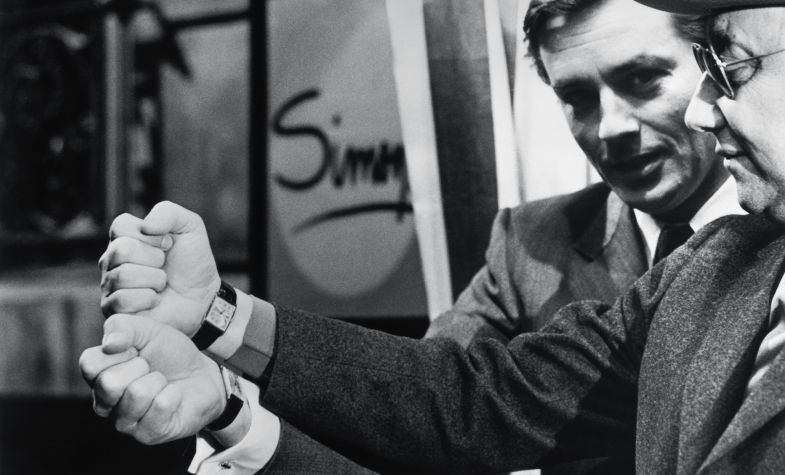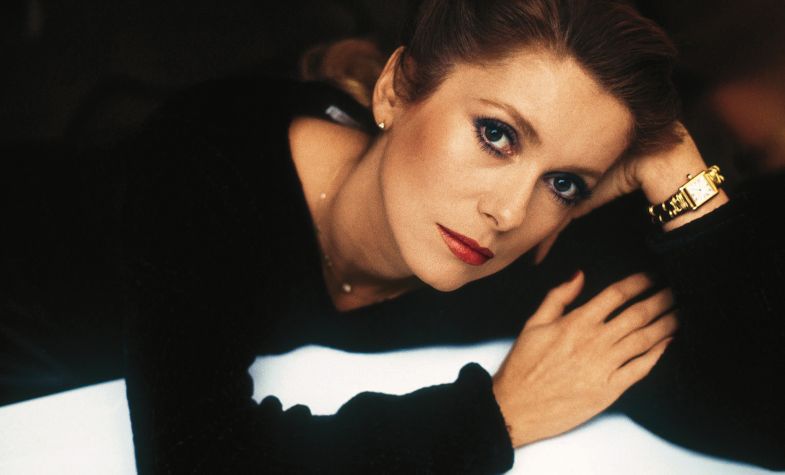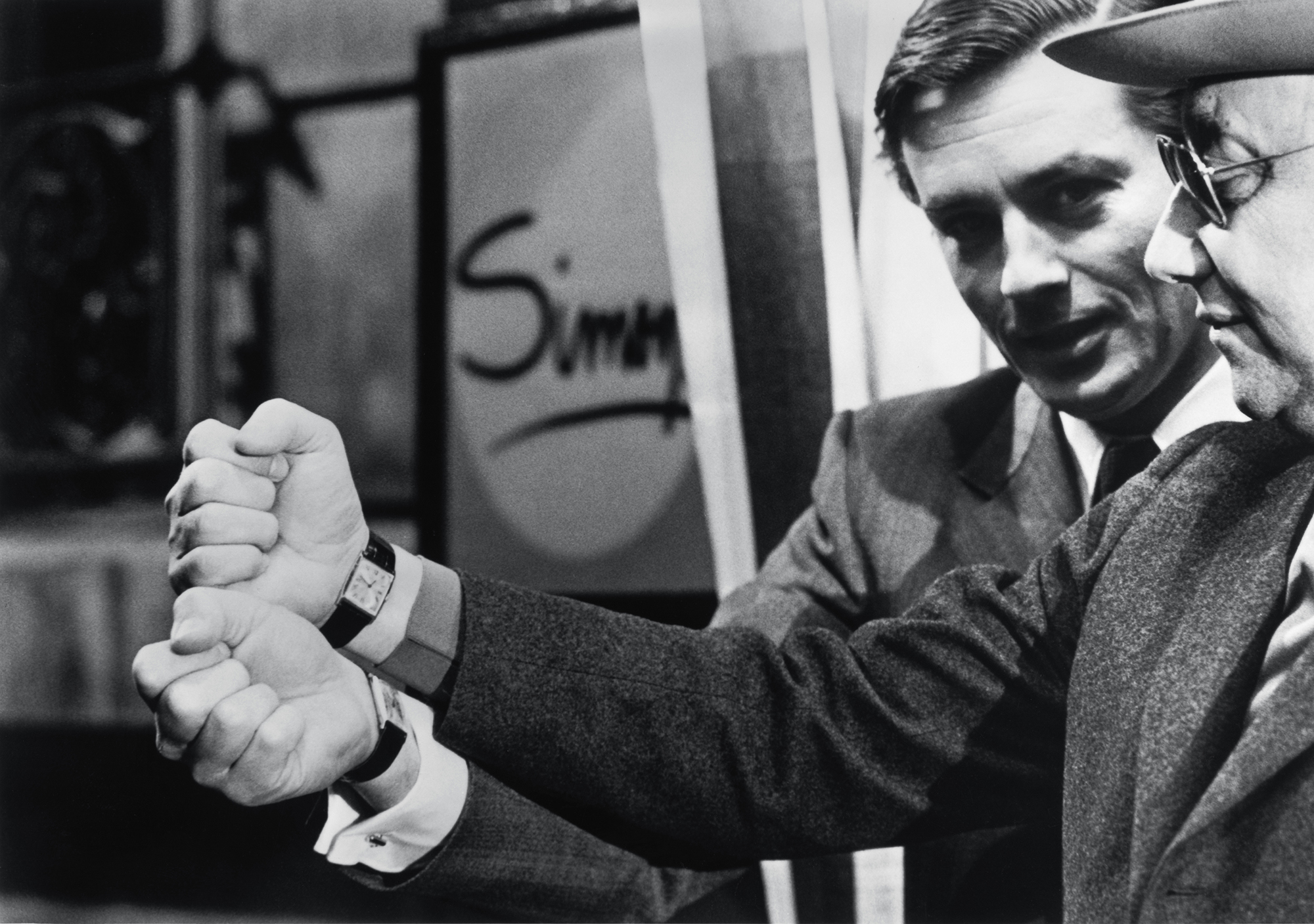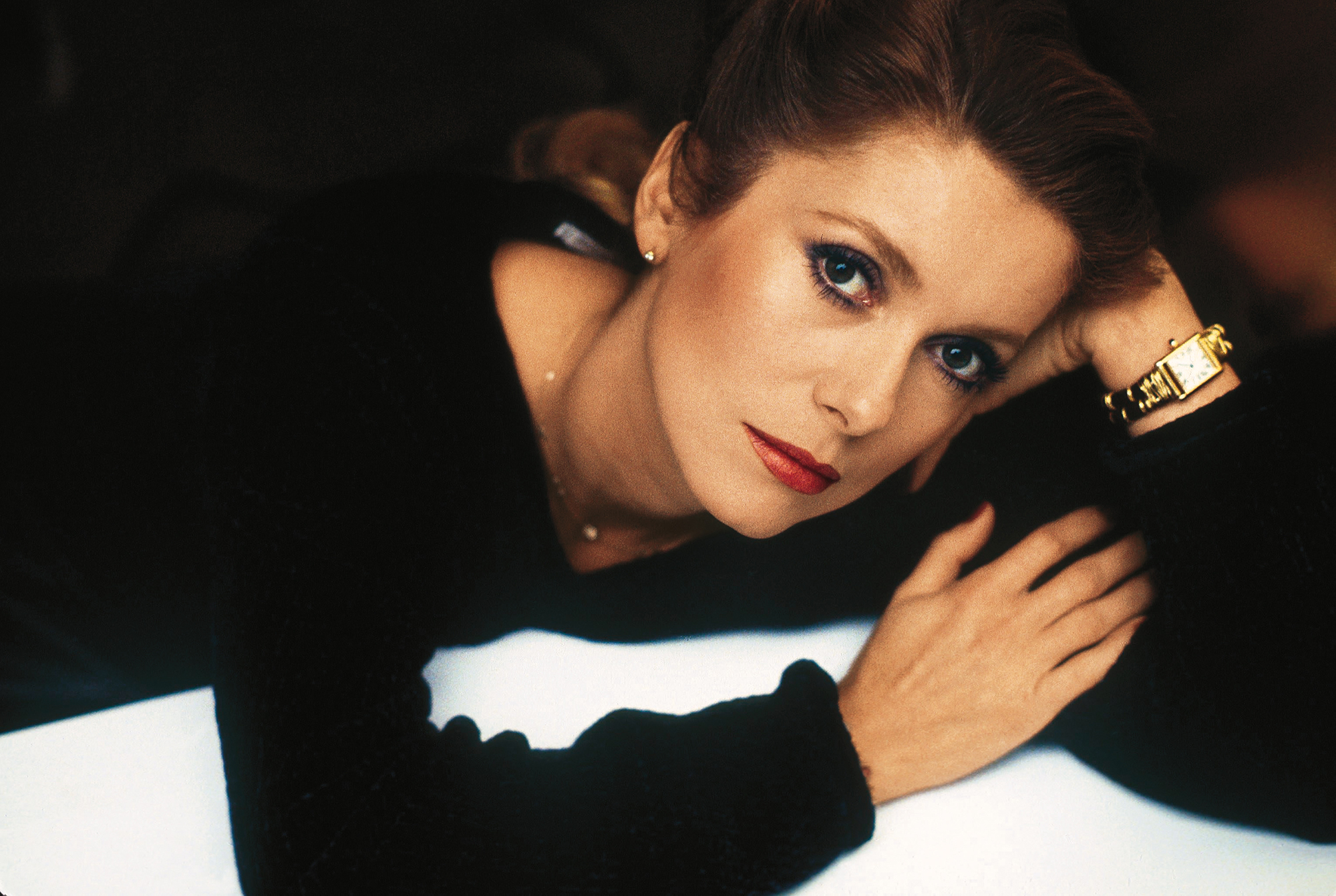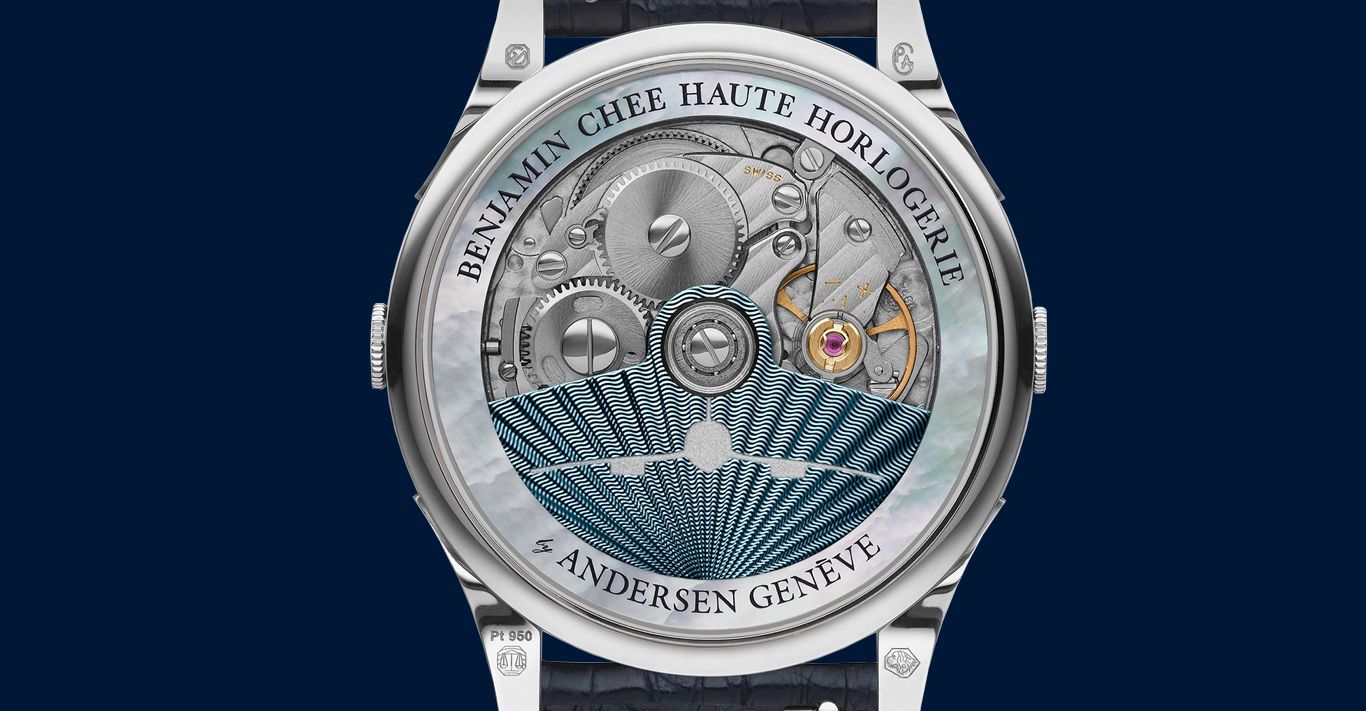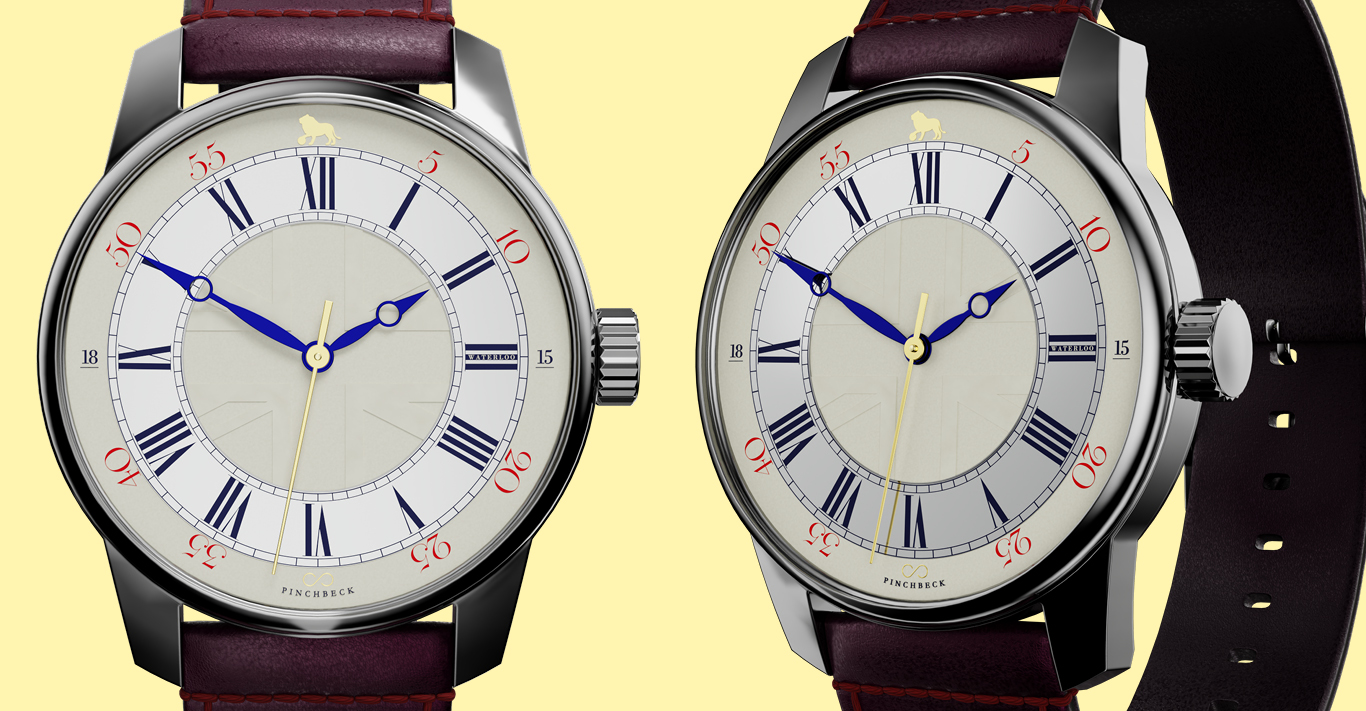WORDS
Eleanor Pryor
If there’s one thing watch brands never forget, it’s an anniversary. And so it’s little surprise that the industry is so enamoured with marking these key milestones – after all, having weathered the quartz crisis against all odds and even the recent tech revolution thus far, there’s much to celebrate. This year, there’s no end to the festivities as some of horology’s icons hit the big numbers.
Nowhere is this more true than in the dive watch category. While efforts to make watches waterproof stretch back centuries, it was in the mid-1900s that they truly hit their stride as deep sea missions and the rising popularity of the sport called for increasingly creative solutions. This even tempted Breitling, with a reputation for its high-spec aviation watches, to turn its attention to the sea, launching the SuperOcean in 1957 (the legacy of which we delve into here).
Of course, the history of dive watches can’t be examined without mentioning Rolex. A key turning point came in 1926, when it introduced the world’s first waterproof case for a wristwatch – the Oyster – achieved through its patented system for screwing down the bezel, case back and winding crown. It was the innovation that proved the precursor to some of its most notable models, namely the Submariner and the Sea-Dweller, which in 2017 reaches the grand age of 50. This year’s iteration is just as robust and utilitarian as the original, boasting an impressive water resistance of 1,220 metres. As well as nods to its vintage counterpart, such as the dial that bears the Sea-Dweller moniker in red, it harnesses the technology that Rolex has developed in the decades since, from the ultra-precise, in-house calibre 3235 to the Cerachrom bezel insert made from a virtually scratch-resistant ceramic.
“Cartier’s Tank is one of the few watches to be deservedly considered an icon”
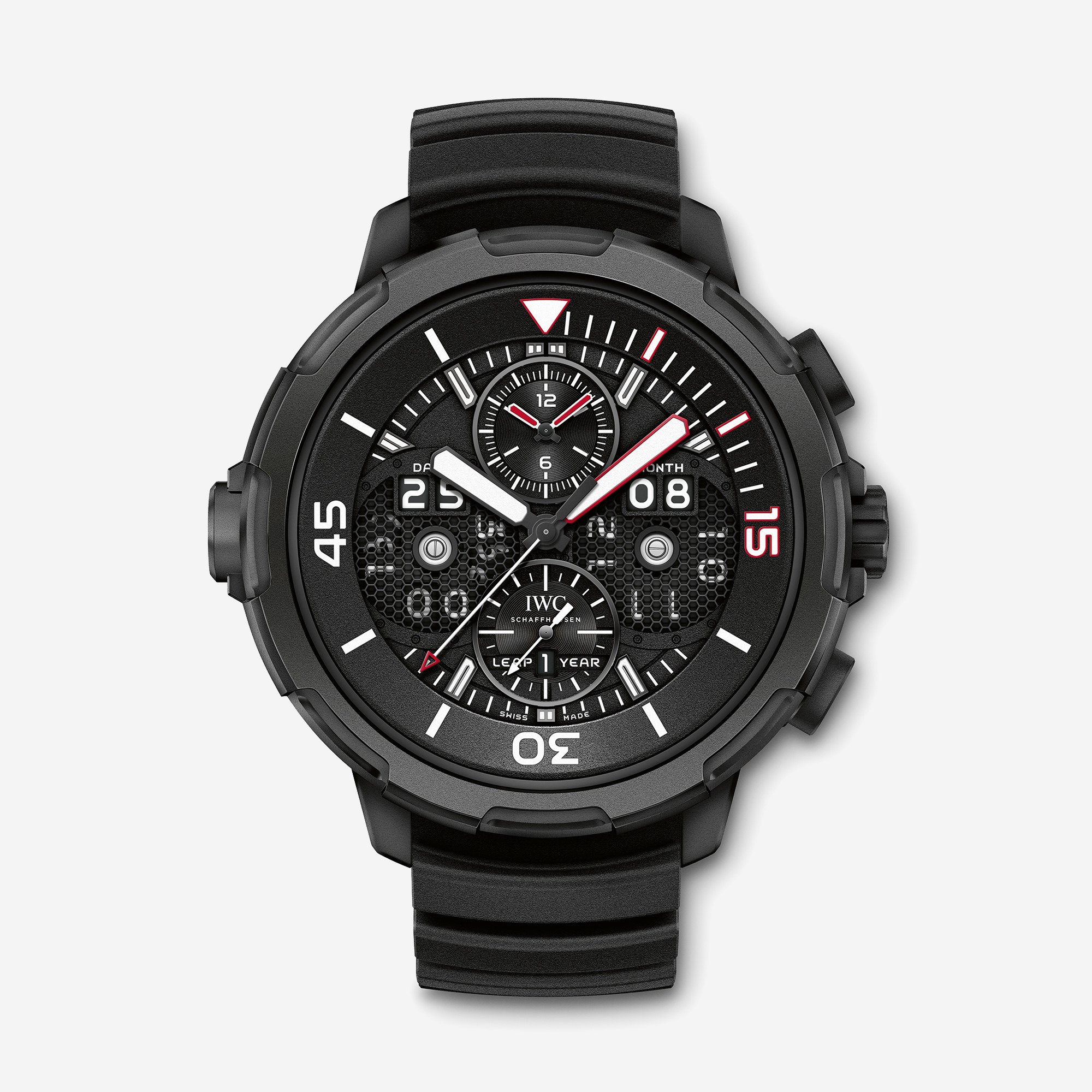
Also introduced in 1967 was another titan of the sea, IWC’s Aquatimer. Despite its long-standing heritage, the new 50 Years Aquatimer is resolutely forward-thinking, displaying the date in large digits reminiscent of a digital watch and featuring the first outing for Ceratanium, its new material based on a titanium alloy. Despite its relatively young 20 years, Patek Philippe’s Aquanaut has made an indelible impression. Just like its older brother the Nautilus, it effortlessly blends a sporty aesthetic with the brand’s sophisticated style. In 2017, the watchmaker continues to surprise, with new releases including a high-tech reboot featuring an openwork dial that shows off the latest innovations to come out of its Advanced Research programme. Omega sees not one, but three of its flagship models reach 60 this year.
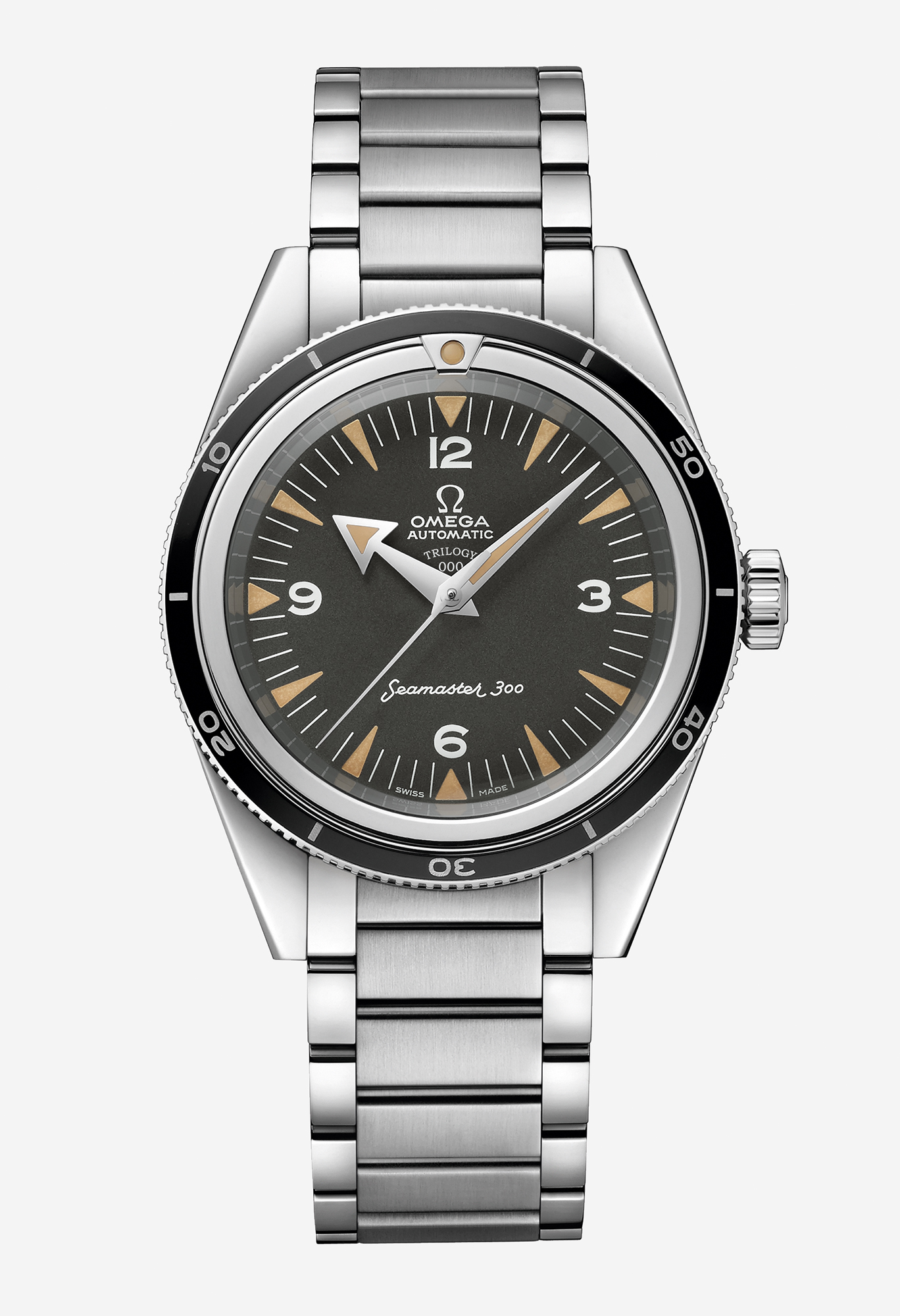
The watchmaker’s history in aquatic exploration dates back to 1932, when the Omega Marine accompanied acclaimed diver Yves Le Prieur on many of his missions. Likewise, the Seamaster 300, introduced in 1957, became the watch of choice for the day’s leading explorers. A three-piece collector’s set presents an anniversary edition alongside those of two other watches also launched in 1957, as part of the ‘Professional’ collection – the antimagnetic Railmaster, designed for those working close to electrical fields, and the well-travelled Speedmaster. The latter, despite being best known for its interstellar activities, had rather more down-to-earth beginnings. Inspired by the clocks found in Italian sports cars, the first release is referred to as the ‘Broad Arrow’, due to its distinctive hour hand with a large, luminous arrow-shaped tip. It was also the first chronograph to put the tachymeter scale on the bezel as opposed to the dial, another element that has been retained for the tribute edition.
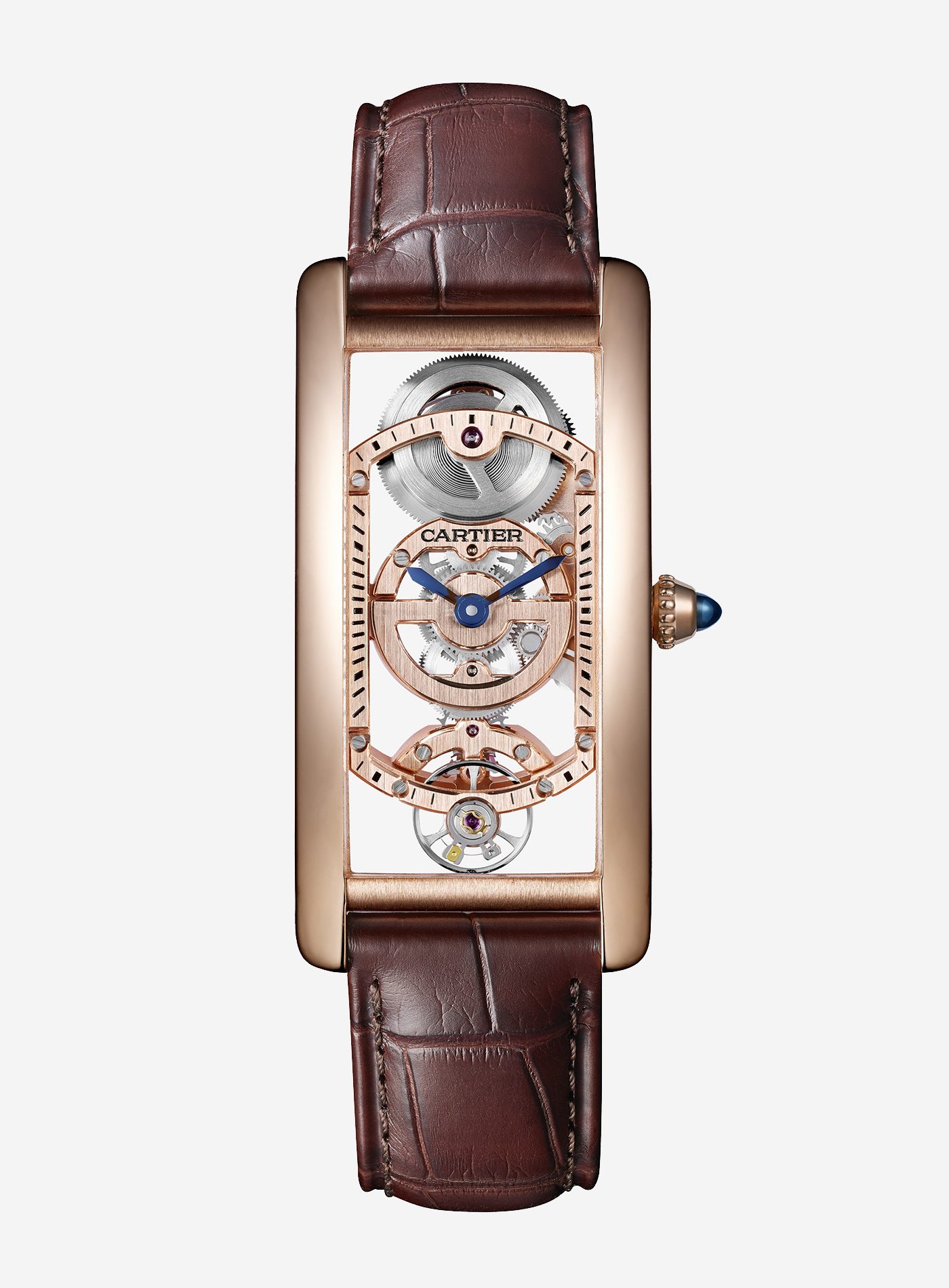
If there’s one watch that can truly claim to transcend time, however, it’s the Cartier Tank. As Dr Franco Cologni, former executive chairman of Cartier, wrote in a new tome on the occasion of the Tank’s centenary, its appeal is simple. ‘The Tank is one of the few watches in horological history to be deservedly considered an icon in terms of both function and form, with aesthetic considerations having dictated its technical developments, making it the shaped watch par excellence, in stark contrast to the round timepieces that once monopolised the market.’ Its immediately recognisable angular case, named and inspired by the Renault tanks that Louis Cartier saw in use on the Western Front in World War I, transcends typical notions of style, too; few timepieces could be just as at home with the polished chic of Jackie O as the counter-culture vibe of Andy Warhol. The latter even admitted, ‘I don’t wear a Tank to tell the time. In fact, I never wind it. I wear a Tank because it’s the watch to wear.’
Unsurprisingly, Cartier is celebrating in a big way with the release of several new models across the Tank’s various sub-lines, showcasing the sheer versatility of this unisex design. Among the most covetable is a skeletonised take on the Tank Cintrée; dating back to 1921, it is defined by its elegantly elongated, curved case. While such treasures from the old guard showcase longevity, it is the shorter – but no less important – anniversaries that often have the most to say about the strength of the industry today.
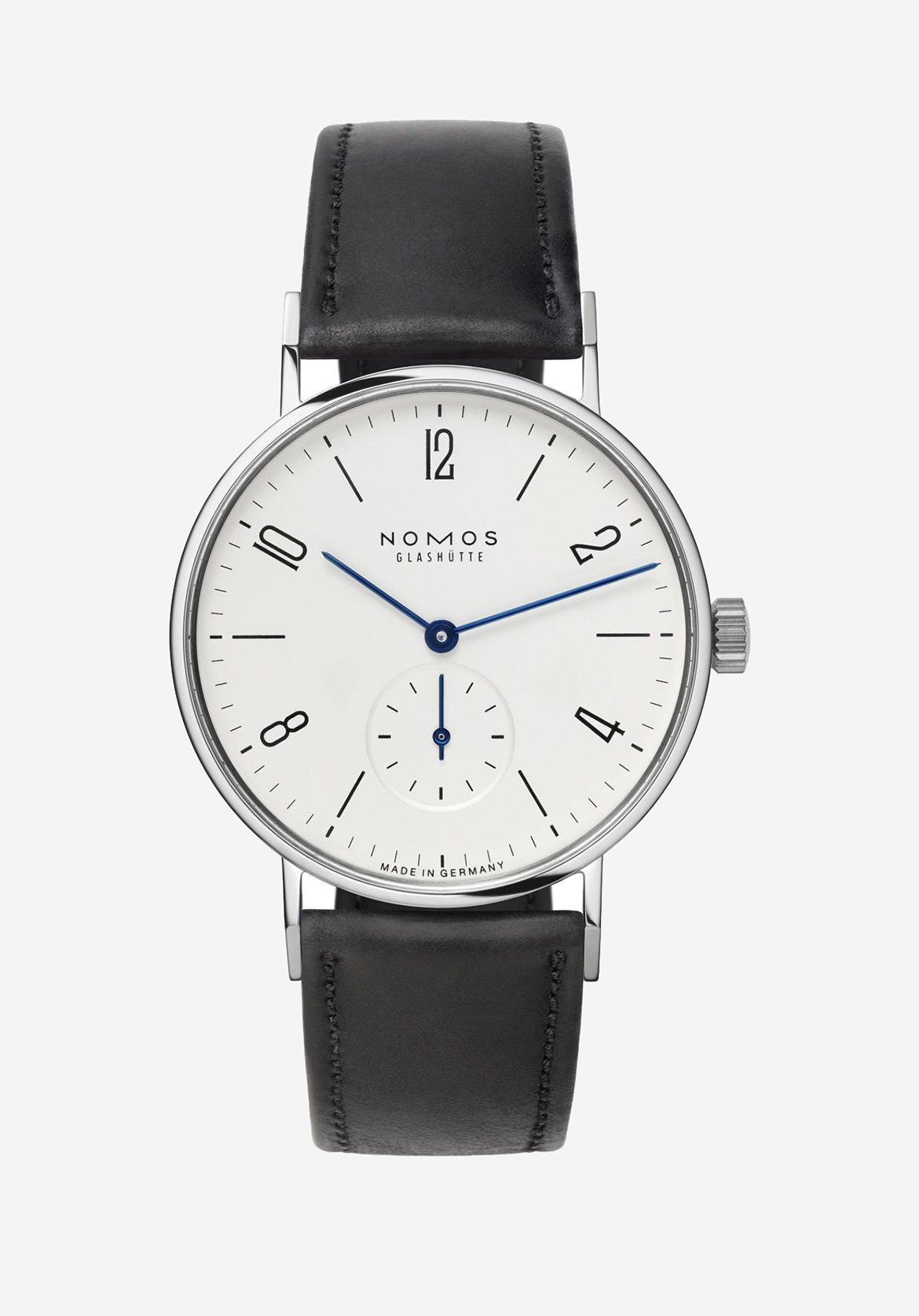
When avant-garde Urwerk first came onto the scene in 1997 with a timepiece that was inspired by Star Wars’ Millennium Falcon, even founder Martin Frei admits that people thought it was crazy. Since then, the independent watchmaker has paved its own unique route to success, staying firmly at the cutting edge along the way. At the other end of the scale, Nomos Glashütte is this year marking the 25th birthday of its first models – the Orion, Ludwig, Tangente and Tetra. Perhaps the ultimate testament to the designs is that all remain in production virtually unchanged – just some of the modern classics in the making.

